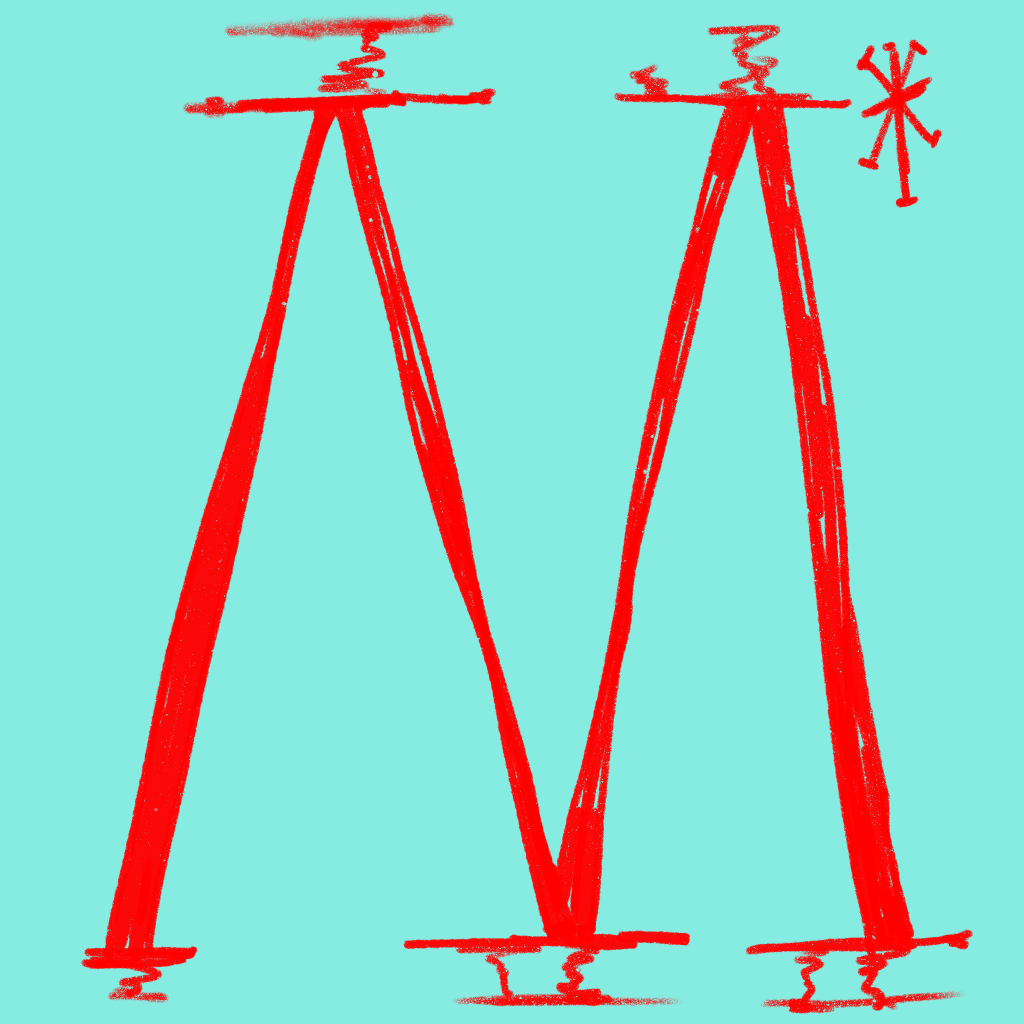Through interviews with Gao Guqi, founder of the funeral brand Gui Cong, and Tang Mutanze, a funeral director and social media influencer, I have gained a deeper understanding of the evolving needs of the 15 to 30 age group in modern funeral practices. These conversations highlighted two major themes: the increasing demand for personalized funeral products and the rising importance of design and quality. These insights not only inform my research direction but also inspire new ways to explore innovation in my project.
1. High Acceptance of Personalized Funeral Products
Both interviewees emphasized that personalization has become a significant trend among the 15 to 30 age group in funeral choices. Tang Mutanze shared examples of people in this demographic opting for paper offerings that reflect the unique characteristics of the deceased, such as model sports cars, luxury brand items, or replicas of beloved pets. These choices provide a vivid way to honor the deceased by highlighting their hobbies and interests.
Similarly, Gao Guqi highlighted how Gui Cong incorporates personalization into its designs. He noted that consumers in the 15 to 30 age range often prefer funeral products that tell a personal story, such as incorporating the deceased’s favorite colors or patterns. This trend demonstrates that this group is more inclined to add personal meaning to traditional ceremonies, rather than simply following established norms.
2. A Shift in Attitudes Toward Funeral Rituals
Another important observation is the changing attitude of the 15 to 30 age group toward funeral rituals. Tang noted that many in this demographic view traditional ceremonies as overly rigid or outdated but are still drawn to the emotional and symbolic aspects of these rituals. This has led to a desire for simplified and more relatable practices that still maintain their core meaning.
Gao echoed this by pointing out that this group tends to reimagine traditional rituals rather than abandoning them entirely. For example, instead of burning conventional paper offerings, they may opt for symbolic or eco-friendly alternatives that align with their values. This shows an emerging trend of balancing respect for tradition with a willingness to adapt rituals to better suit contemporary lifestyles and beliefs.
– Reflections and Future Directions
These findings indicate that the 15 to 30 age group’s preferences in funeral practices are increasingly leaning toward personalization and design-driven approaches. This shift reflects their desire for self-expression and emotional resonance, showing how traditional practices can be reinterpreted to carry new meanings in a modern context. Here are some key takeaways for my project:
- Exploring Personalized Expressions: The interviews highlight the 15 to 30 age group’s interest in incorporating more personal elements into traditional ceremonies. This inspires me to create interactive activities where participants can imagine and design “personalized offerings,” using inspirations like hobbies or memories of the deceased to create rituals that resonate with their emotional needs.
- Merging Design with Emotion: For the 15 to 30 age group, design is not just about aesthetics but also a medium for emotional connection. Whether it’s through innovative paper offering designs or incorporating visual experiences into ceremonies, creating emotional resonance will be key to engaging this group.
- Combining Culture with Contemporary Values: Through discussions with Gao and Tang, I’ve realized that tradition doesn’t need to remain static; it can evolve to align with contemporary values. For instance, integrating sustainability or digital elements into funeral practices could create more meaningful and appealing experiences for the 15 to 30 age group.
Looking ahead, I aim to further explore these trends in my research, combining the needs of the 15 to 30 age group with the values of traditional culture. By doing so, I hope to design innovative funeral practices that truly resonate with this demographic, while also contributing to the evolution of funeral culture in modern society.
